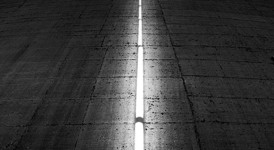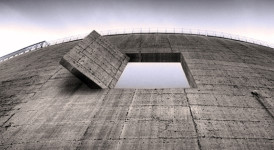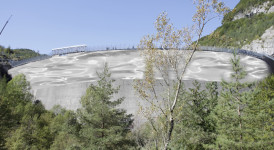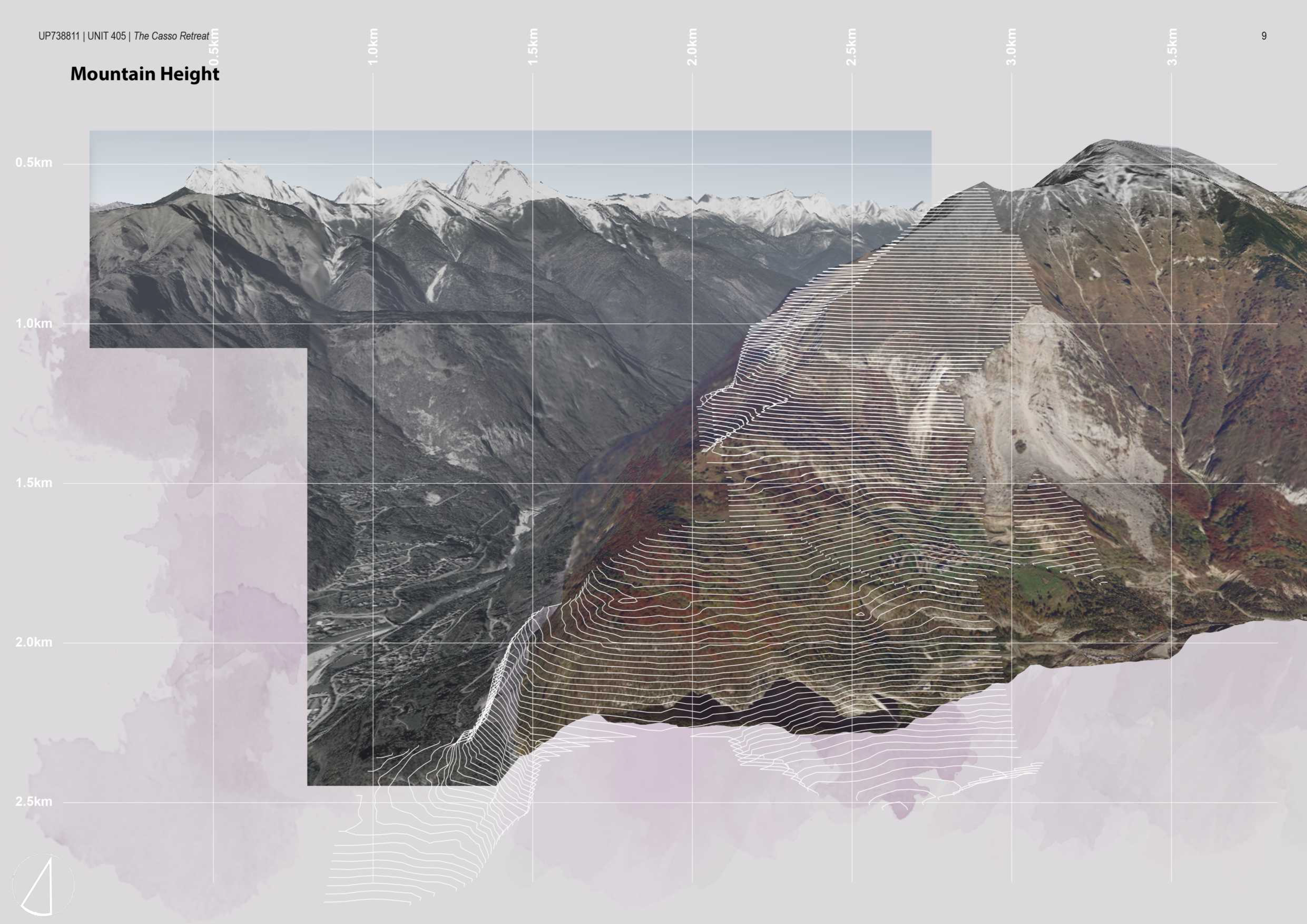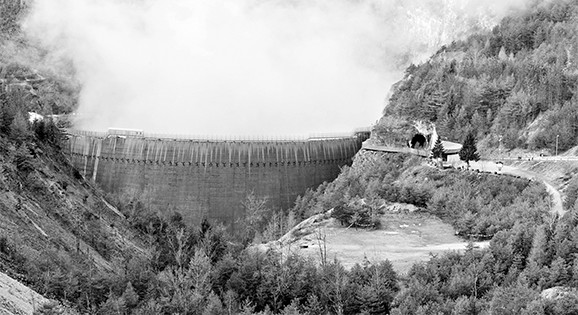
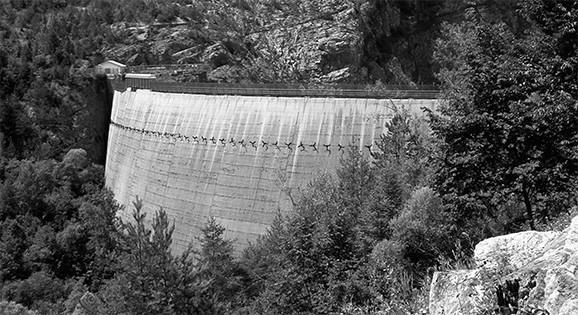
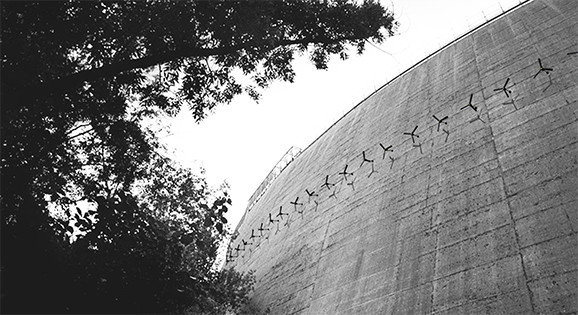
The impressive structure is the unique survivor from the famous disaster dated October 1963, the 9th. It incurs a careful consideration because of its powerful symbolic meaning, that make it also a creative element for the future. Even if this dam lacks its original sense it could easily be seen as a work of art.
The dam’s function is to generate energy through the creation of an artificial pond. Starting from this point, we could think about metaphoric energy production and make a more sustainable utilization of the dam. We want to create a synergy between memories of the tragic night and new future visions, placing our installation on water level.
The installation is made by little windmill blades (similar to fans) anchored to the indicated quota. Thanks to an integrated photovoltaic system blades could rotate yielding pressure against the cement barrier and simulating initial water pressure. Therefore, the huge unused wall could come back to its original function, hold a force down. Solar panels will generate energy to make the blades rotate and to illuminate the installation during the night. We will also fix up a led spot lighting in the centre of the 3 blades that will mark the line, creating a suggestive viewing of the artwork. Therefore energy will give new life to the dam.
The installation in made by 45 fans with 3 blades of 1,6 metres diameter fixed at 4 metres distance between each other. These fans will be hooked to the wall through a steel bar with a bolted slab. In this way the assembling could be faster and less invasive. Every blade will be realized in copper in order to make the installation light and more resistant to use, reducing maintenance services.
–
L’imponente opera ingegneristica, unico vero sopravvissuto al drammatico evento del 9 ottobre 1963, è rimasta nel tempo una grande attrazione, e proprio per il suo forte potere simbolico può costituire un’interessante riflessione non soltanto sul tragico passato, ma su un ruolo possibile di elemento creativo, produttivo, rivolto al futuro. Riflettendo sul manufatto, privo della sua funzione originaria ormai da decenni, viene quasi naturale visualizzarlo come un’opera d’arte in sè.
La funzione di una diga è quella di creare un bacino artificiale d’acqua per generare energia. Partendo da questo concetto, il ragionamento ci porta a riutilizzarla metaforicamente come produttrice di energia, un’altra energia, sostenibile. Tramite l’installazione, posizionata sulla linea del livello dell’acqua nel bacino di quella tragica notte, vogliamo creare una sinergia tra la memoria dell’accaduto e lo sguardo aperto alle nuove possibilità, a nuove visioni che guardano al futuro.
L’installazione prevede l’ancoraggio di pale eoliche in scala ridotta (ventilatori) lungo la linea di quota indicata. Grazie a un sistema di celle fotovoltaiche integrate, le pale ruoteranno producendo una spinta contro lo sbarramento di cemento, che simulerà la spinta prodotta a suo tempo dall’acqua. Così facendo, l’imponente muro privo di utilità tornerà simbolicamente a svolgere la propria funzione, cioè quella di contenere una forza. Le celle fotovoltaiche presenti genereranno energia solare, essa permetterà la rotazione e l’illuminazione notturna dell’installazione. Verrà predisposto un punto luce a led che demarcherà la linea, creando così una visione suggestiva dell’opera.
Non sarà più quindi la diga a produrre energia, ma l’energia stessa a ridar vita alla diga.
L’opera consiste in una serie di 45 ventilatori a tre pale ciascuno, di diametro 1,6 metri, fissati a 4 metri l’uno dall’altro. L’ancoraggio sarà costituito da una barra di acciaio fissata al muro con una piastra imbullonata. Ogni elemento costituito di tre pale e un fulcro verrà realizzato in rame, per permettere maggior leggerezza e una maggior resistenza all’usura delle intemperie e quindi ridurre al minimo le opere di manutenzione.
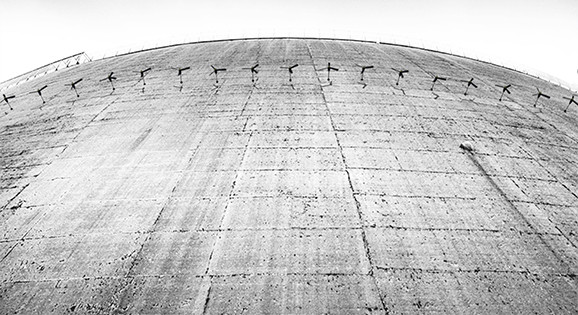
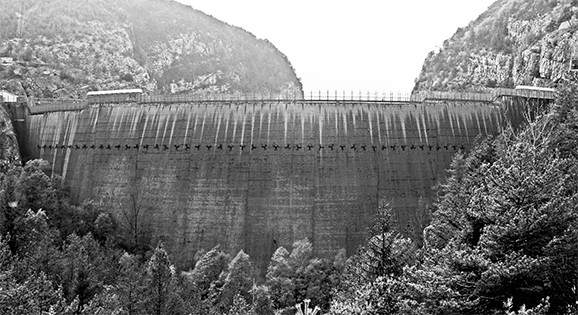
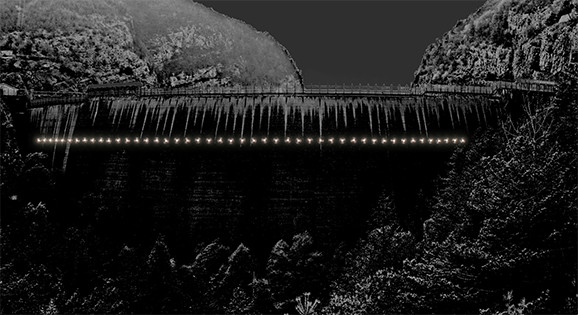
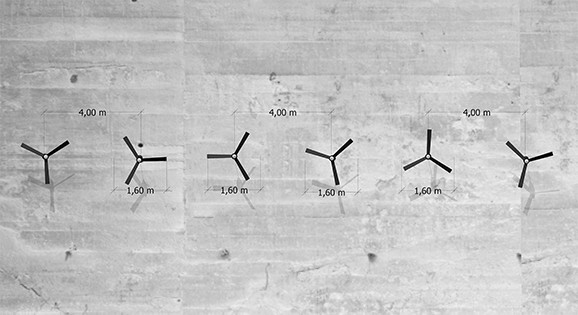

 padova / berlino
padova / berlino
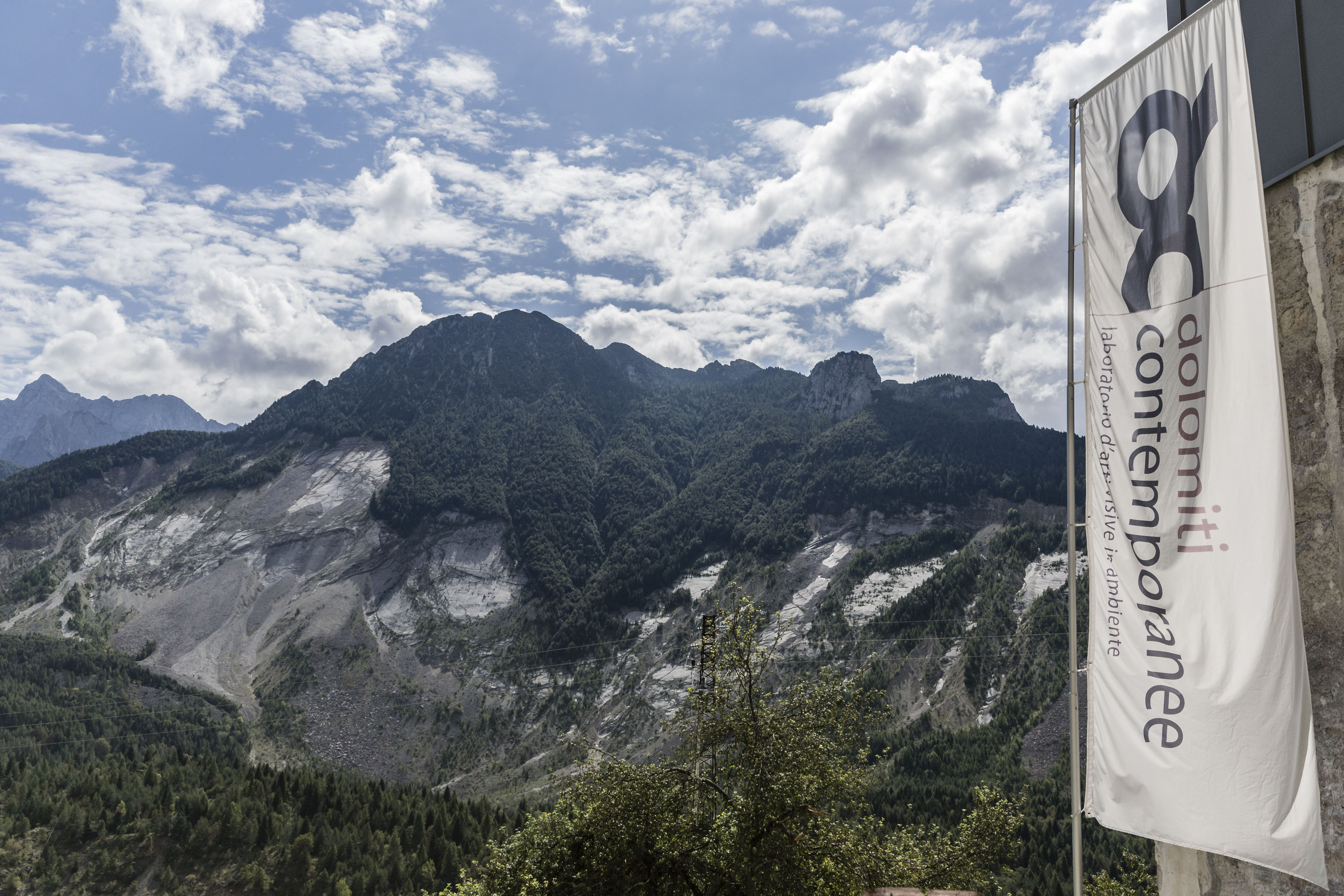
Tuesday, June 15th 2021, 2 – 4 PM, webinar panel:
two calls for vajont: fase _restart.
Vajont: [...]





